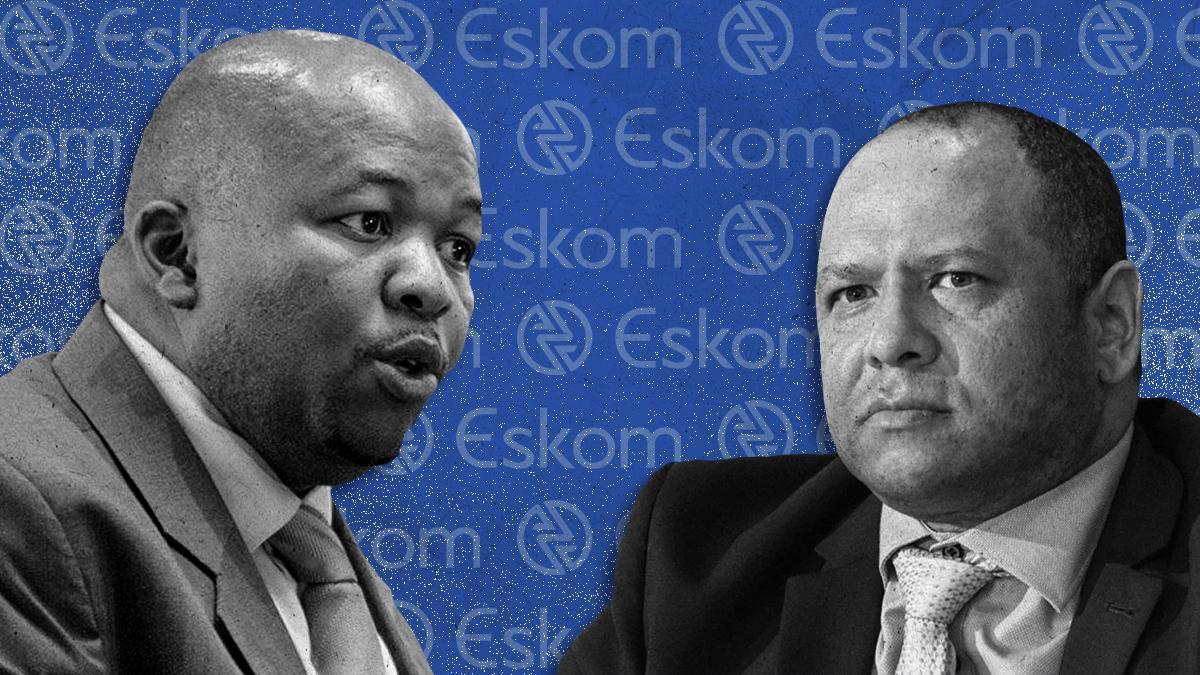Africa-Press – South-Africa. The head of South Africa’s state power utility said the process of unbundling the firm into three units — almost seven years in the making — can only be completed if the massive overdue debt it’s owed by municipalities is reined in.
South African President Cyril Ramaphosa announced plans to split Eskom into generation, transmission and distribution businesses in February 2019 to help them raise funding and improve the management of their debt and costs. The plan has hit multiple delays.
“The unbundling of the distribution business will not happen unless we can solve the municipal debt,” Eskom’s Chief Executive Officer Dan Marokane said in an interview at the inaugural Bloomberg Africa Business Summit in Johannesburg on Tuesday.
The government is taking steps to intervene by helping the utility collect the arrears, which stands at around R100 billion and continues to mount.
Under Marokane, Eskom has stabilized the grid, increased the reliability of its plants by making overdue repairs and ended power cuts that crimped economic growth. Bondholders are warming to the turnaround, driving down the yields on its debt.
If municipal debt that grows by about R20 billion a year is not brought under control, “it’s going to destroy all the benefit we’ve seen” from government debt relief, Eskom’s Chief Financial Officer Calib Cassim said.
The company has a target to lower net debt to R300 billion by June next year, from about R370 billion, he said.
Marokane said Eskom executives didn’t dwell on the utility’s first profit in eight years, stressing the need to maintain momentum and adapt to a changing market.
In the near term, the utility needs to make up for eight gigawatts of generation capacity from plants that are slated for retirement through 2030. It plans to lean on private developers to add clean energy and storage.
About 3,000 megawatts of capacity is expected to come from a gas-power plant Eskom plans to build in the eastern port town of Richards Bay.
The project was held up in September when South Africa’s Supreme Court of Appeal set aside environmental authorization due to an inadequate public participation process.
“We’ve hit a bit of pothole with the challenge,” are redoing the application, and building the case for that investment, Marokane said.
As the coal plants reach the end of their lives and are gradually shut down, the company will have to decide how to accommodate redundant workers, because Eskom Green — the utility’s emerging clean-energy business — won’t be big enough to absorb them, he said.
“It’ll not create the same number of jobs as we have in those power stations and we have to find a solution from a country perspective,” Marokane said.
Opening up the grid, which Eskom has dominated for more than a century, should help bring in more private investment, while some components of the utility’s business will be spun off to developers and traders.
A pipeline of 13 gigawatts of private generation capacity is expected to come online through 2029.
The unbundling continues to be opposed by the National Union of Mineworkers, Eskom’s biggest labor group, on the grounds that it will negatively impact the working class and the poor.
The union held a march against “the liberalization of the energy sector” earlier this month.
Even with wage negotiations underway, Marokane is confident Eskom’s labour force will remain an ally as the utility looks to reposition itself.
“The current performance that you’re observing from Eskom is as a result of our staff, all 42,000 of them,” he said. “We’ve had very supportive labor environment.”
For More News And Analysis About South-Africa Follow Africa-Press






